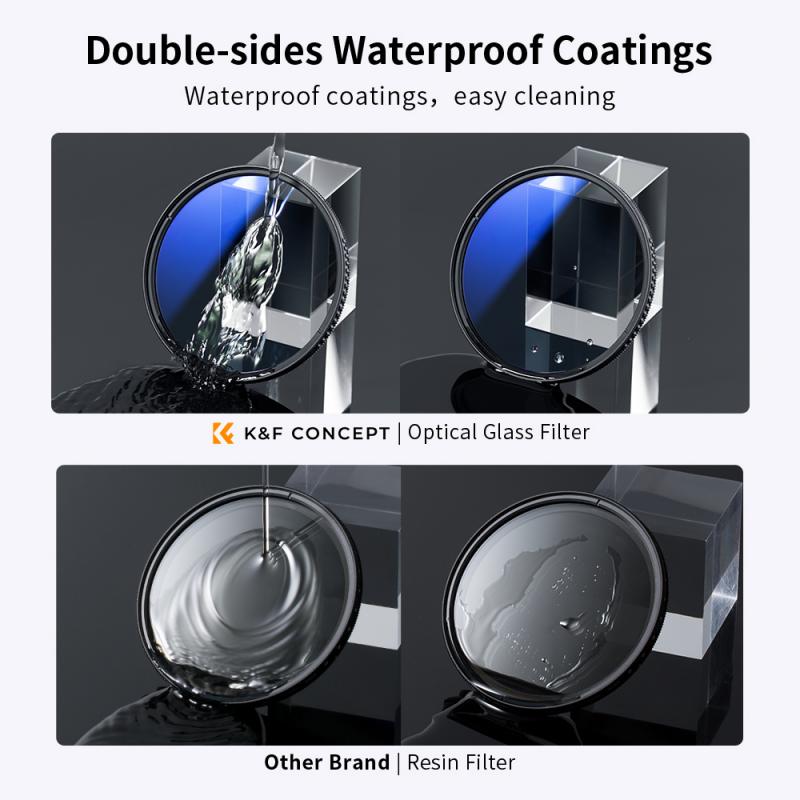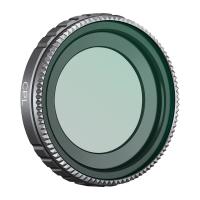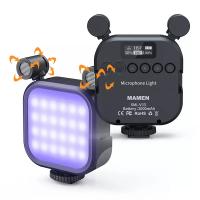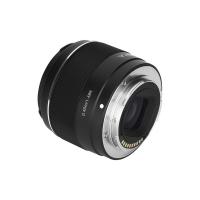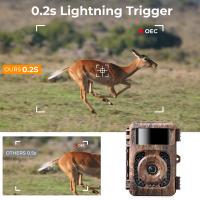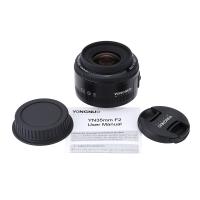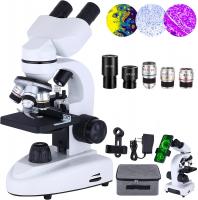Iso In Digital Camera What Does It Mean ?
ISO in digital cameras refers to the sensitivity of the camera's image sensor to light. It is an acronym for the International Organization for Standardization, which sets the standards for film sensitivity. In digital cameras, ISO is used to describe the sensitivity of the camera's image sensor to light. A higher ISO setting means that the camera is more sensitive to light, which can be useful in low-light situations. However, a higher ISO setting can also result in more digital noise or grain in the image. Therefore, it is important to balance the ISO setting with other camera settings, such as aperture and shutter speed, to achieve the desired exposure and image quality.
1、 ISO sensitivity
ISO sensitivity in a digital camera refers to the camera's ability to capture images in low light conditions. It is a measure of the camera's sensitivity to light, and it is represented by a numerical value. The higher the ISO value, the more sensitive the camera is to light, and the brighter the image will be.
In digital cameras, ISO sensitivity is achieved by amplifying the signal from the camera's sensor. However, this amplification also increases the amount of noise in the image, which can result in a loss of detail and image quality. Therefore, it is important to use the appropriate ISO setting for the lighting conditions to achieve the best possible image quality.
The latest point of view on ISO sensitivity is that modern digital cameras have greatly improved their ability to capture images at high ISO settings without introducing too much noise. This is due to advancements in sensor technology and image processing algorithms. As a result, photographers can now shoot in low light conditions with higher ISO settings and still achieve high-quality images.
However, it is still important to use the appropriate ISO setting for the lighting conditions to achieve the best possible image quality. It is also important to note that higher ISO settings can result in faster shutter speeds, which can be useful for capturing fast-moving subjects or reducing camera shake. Overall, ISO sensitivity is an important aspect of digital photography that can greatly impact the quality of the final image.
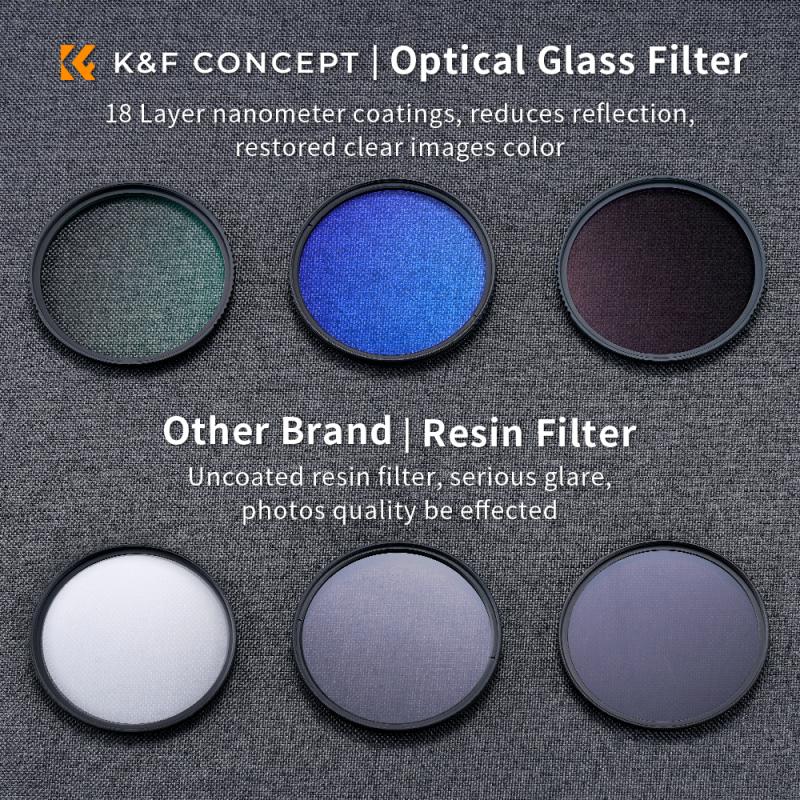
2、 Noise reduction
ISO in digital camera refers to the sensitivity of the camera's image sensor to light. The higher the ISO, the more sensitive the sensor is to light, which means that the camera can capture images in low light conditions without the need for a flash or longer exposure time. However, increasing the ISO also increases the amount of digital noise in the image, which can result in a loss of detail and image quality.
Noise reduction is a feature in digital cameras that helps to reduce the amount of digital noise in images taken at high ISO settings. This feature works by applying algorithms to the image data to smooth out the noise and preserve detail. Some cameras have built-in noise reduction settings that can be adjusted to suit different shooting conditions, while others have automatic noise reduction that kicks in when the camera detects high levels of noise.
The latest point of view on noise reduction is that it is an essential feature for photographers who shoot in low light conditions or need to use high ISO settings. However, it is important to note that noise reduction can also result in a loss of detail and sharpness in images, so it is important to find the right balance between noise reduction and image quality. Some photographers prefer to shoot at lower ISO settings and use longer exposure times or a tripod to avoid the need for noise reduction altogether.
In conclusion, ISO and noise reduction are important features in digital cameras that allow photographers to capture images in low light conditions. While noise reduction can help to improve image quality, it is important to use it judiciously to avoid sacrificing detail and sharpness in images.

3、 Dynamic range
ISO in digital camera refers to the sensitivity of the camera's image sensor to light. The ISO setting determines how much light is required to create a properly exposed image. A higher ISO setting means that the camera is more sensitive to light, which can be useful in low-light situations. However, a higher ISO setting can also introduce more digital noise or graininess into the image.
Dynamic range, on the other hand, refers to the range of brightness levels that a camera can capture in a single image. A camera with a high dynamic range can capture both bright highlights and dark shadows in the same image without losing detail in either area. This is particularly useful in high-contrast situations, such as a landscape with bright sunlight and deep shadows.
In recent years, camera manufacturers have been improving the dynamic range of their cameras through advancements in sensor technology and image processing algorithms. This has led to cameras with greater ability to capture detail in both bright and dark areas of an image, resulting in more natural-looking and visually appealing photographs.
Overall, understanding both ISO and dynamic range is important for achieving optimal exposure and capturing the full range of tones in a scene. As camera technology continues to evolve, photographers can expect to see even greater improvements in dynamic range and other key features.
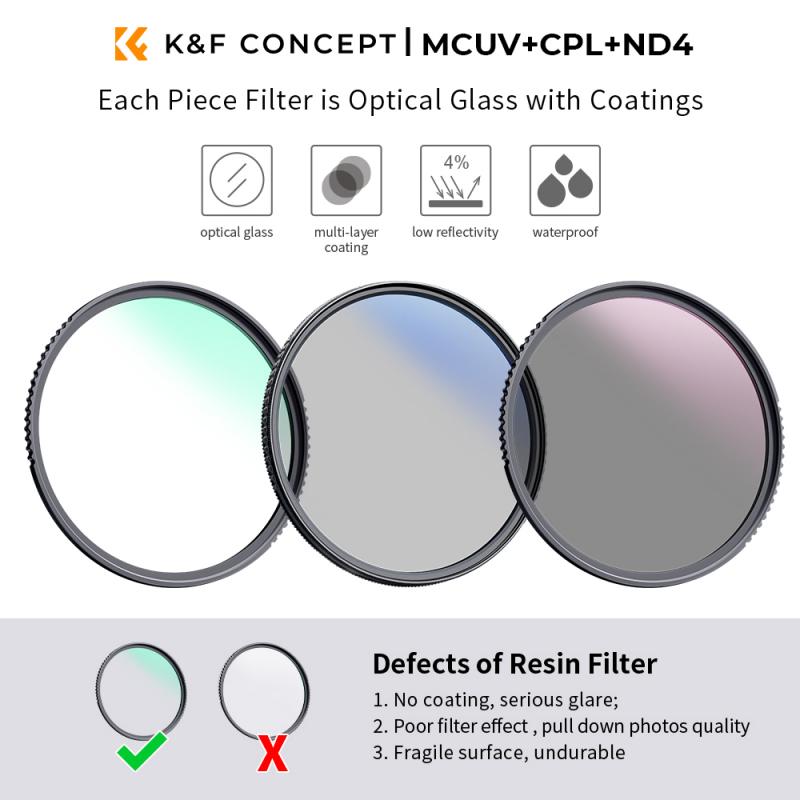
4、 Exposure compensation
ISO in digital camera refers to the sensitivity of the camera's image sensor to light. The ISO setting determines how much light is required to create a properly exposed image. A higher ISO setting means the camera is more sensitive to light, while a lower ISO setting means the camera is less sensitive to light.
Exposure compensation, on the other hand, refers to the adjustment of the camera's exposure settings to achieve a desired level of brightness in the final image. It is used to correct for situations where the camera's automatic exposure settings may not produce the desired result.
In recent years, advancements in digital camera technology have led to improvements in ISO performance. Many modern cameras are capable of producing high-quality images at high ISO settings, allowing photographers to shoot in low-light conditions without the need for additional lighting equipment.
However, it is important to note that increasing the ISO setting can also introduce noise or graininess into the image, which can reduce image quality. Therefore, it is important to balance the need for a higher ISO setting with the desire for a clean, noise-free image.
In conclusion, ISO and exposure compensation are both important settings in digital photography that can be used to achieve the desired level of brightness and image quality. With advancements in camera technology, photographers now have more flexibility to shoot in a variety of lighting conditions and achieve high-quality results.
